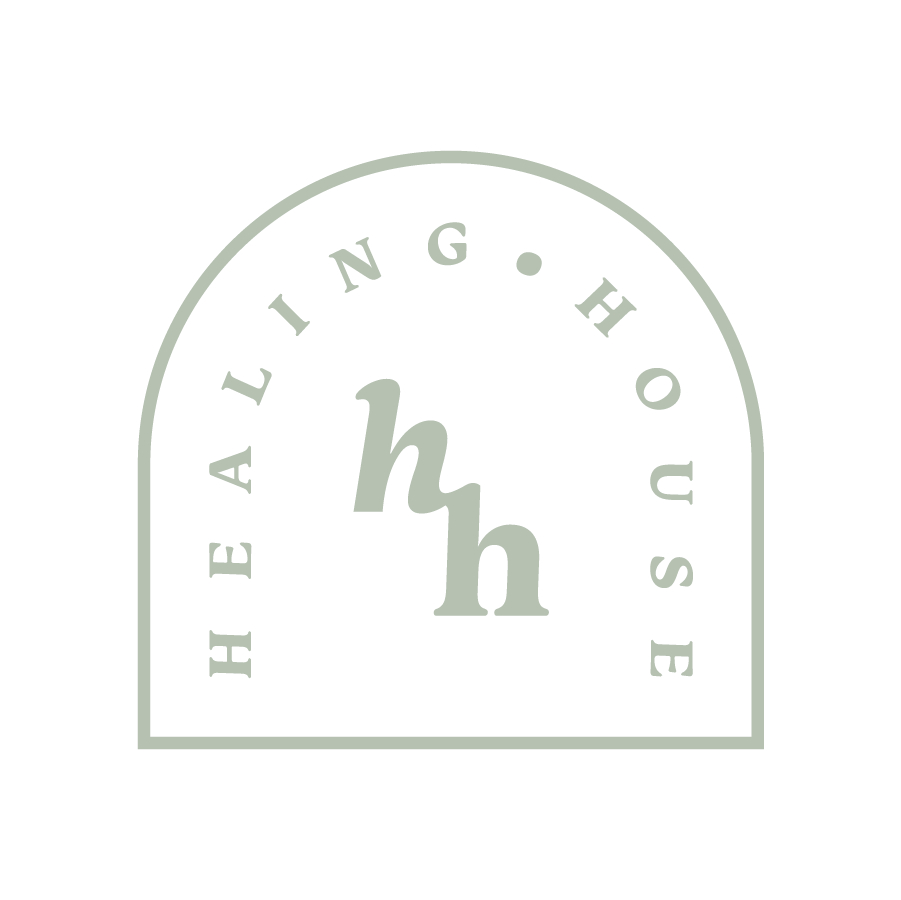Addiction Switching
My hope in this blog post is to expand the way you think about addiction. Often when people think of addiction, they imagine an alcoholic or a person with a “heroin addiction” or a “pill addiction.” For the vast majority of people who struggle with addiction, it is not this simple.
When someone is in recovery from an addiction, it often requires a full inventory of their life--their relationships, behaviors, and inner world. It requires much more than simply “quitting the drug.”
In very simple terms, drugs, alcohol, and processes are used to cope with emotional pain and trauma. When that becomes destructive enough for a person to make a change, they are at high risk of switching to another drug, alcohol, or process to cope with the same pain. Why don’t they “just stop,” you ask? Keep in mind many of these drugs and processes are socially acceptable (or encouraged!), like dieting and exercising. It takes a lot more than willpower to recover, which is why having a therapist who is trained in addiction is vital to recovery.
Major disclaimer: I’m including eating disorders in this conversation, because they are very often in the addiction switching mix. An important distinction here is that the behaviors are addicting, NOT the food. I’ll write more about this in another blog post!
I specialize in addictions and eating disorders, and I almost never see a person with one clear-cut addiction. Humans are complex, and I would never treat my clients as less than complex.
Here’s a great visual aid called The Periodic Table of Intoxicants. https://studyres.com/doc/1364988/periodic-table-of-the-intoxicants. Notice that bottom row under the main table; that’s a list of process addictions (media, relationships, sex, shopping, etc). These addictions don’t involve substances entering the body, however they do involve very high levels of pleasure and dopamine, and people can develop addictions to these processes that resemble substance addictions. The key element here is dopamine.
Dopamine (also known as the “happy hormone”) is involved with every item on that periodic table of intoxicants. Yes, even rage! Each square on that table gives you a spike in dopamine. If you have prolonged exposure to these spikes, your body begins to expect the high levels of dopamine. Things like talking with friends or reading a book become much less enjoyable when the threshold for pleasure is much higher than before. In recovery, it’s important to remove those spikes in dopamine in order to develop healthy ways of coping. Over time, the threshold lowers and people are able to experience pleasure in healthy ways, too.
Here’s an example: it is almost always recommended that people new in recovery refrain from entering a relationship. A new relationship would likely feel great, but could wreak havoc on a person’s recovery process. When alcohol and drugs have been numbing emotions, a new relationship (think: puppy love, infatuation, etc) will numb emotions in a very similar way, thanks to dopamine. Not to mention, what happens if the relationship goes south? Now this person new to recovery will have increased stress and pain, and the brain has an uncanny memory for what soothes pain effectively. The person will likely have high cravings for their drug of choice or something new to numb the pain. Though they likely did not do it intentionally, the person essentially used the new relationship to cope. Without solid internal coping skills, they’ll depend on others to keep them sober and happy.
Recovery is hard, AND there is immense hope for a more fulfilling life on the other side of addiction! If you are ready to make a change, let us know. If someone in your life is struggling with addiction, it’s important for you to get your own support.
Authored by: Jessica Chavolla, LPC

